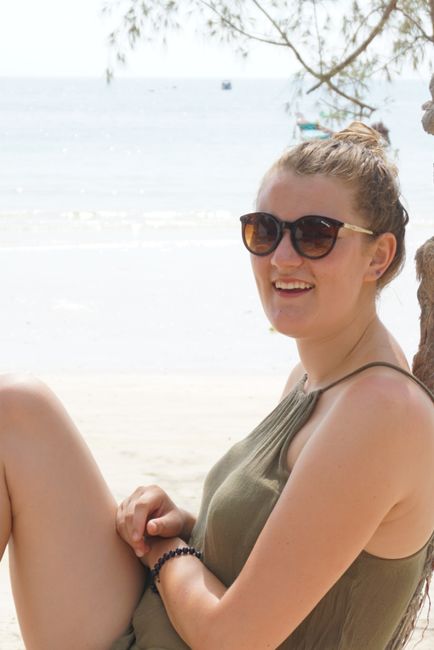Phnom Penh (Cambodia)
Publicado: 20.05.2018
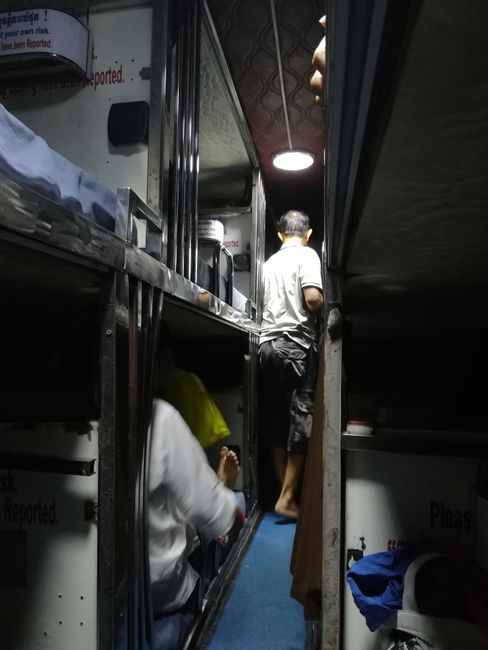
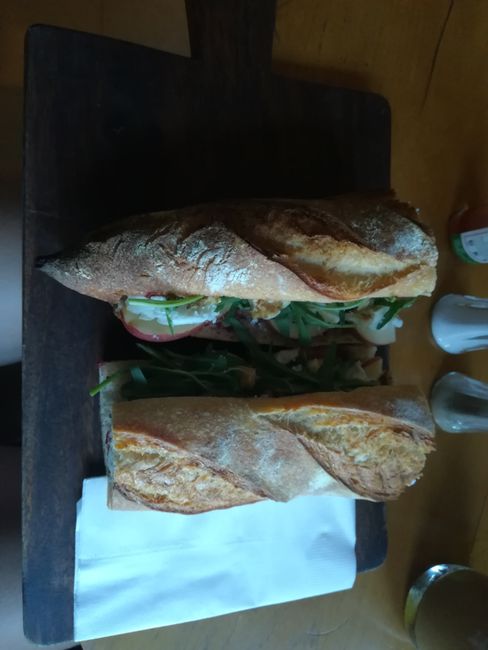
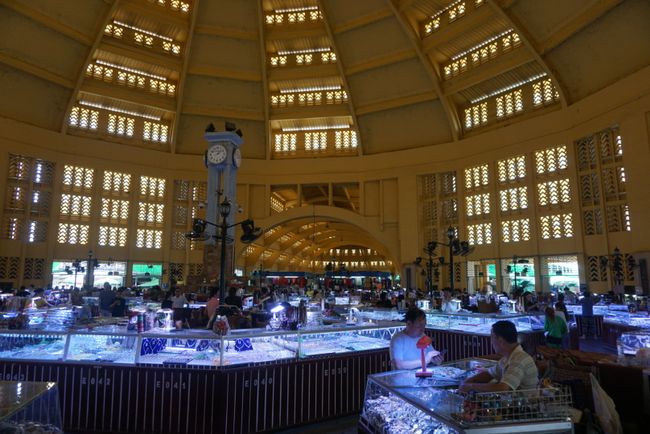
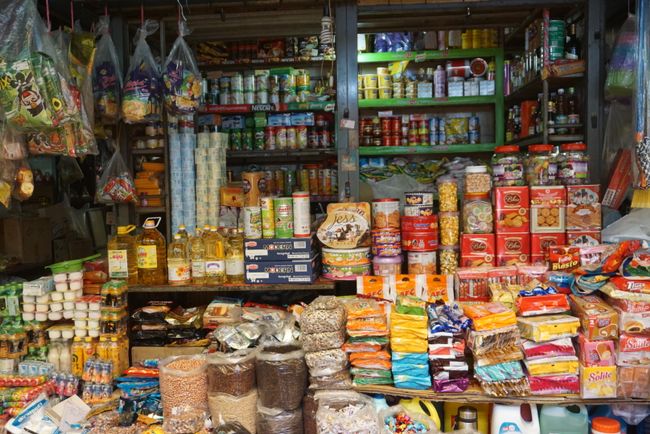
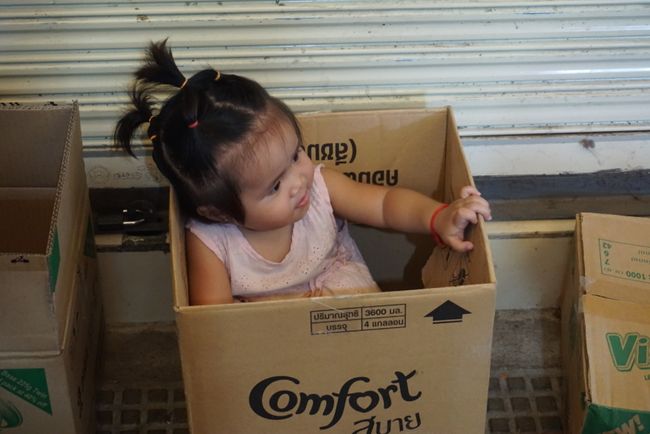

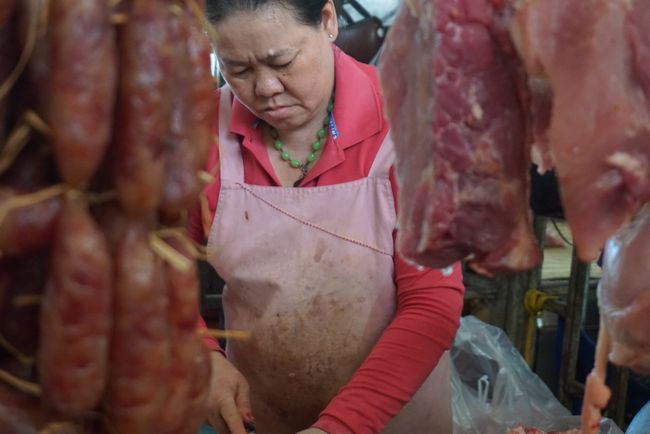
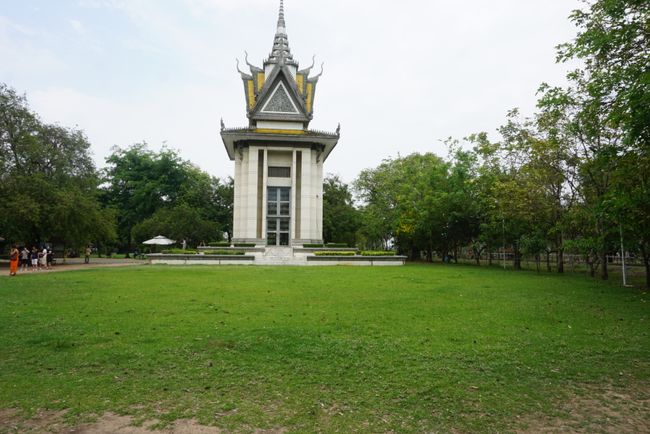
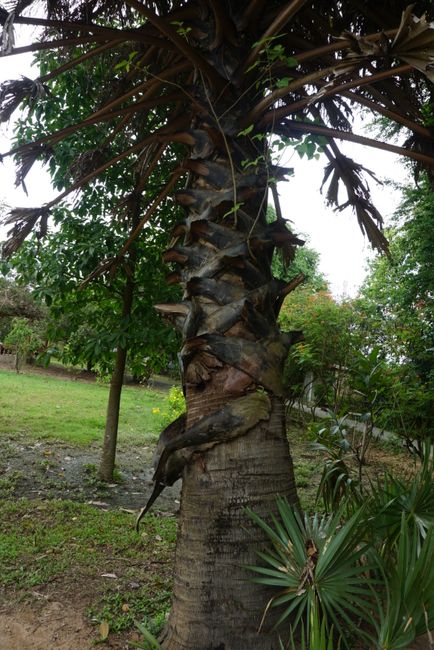
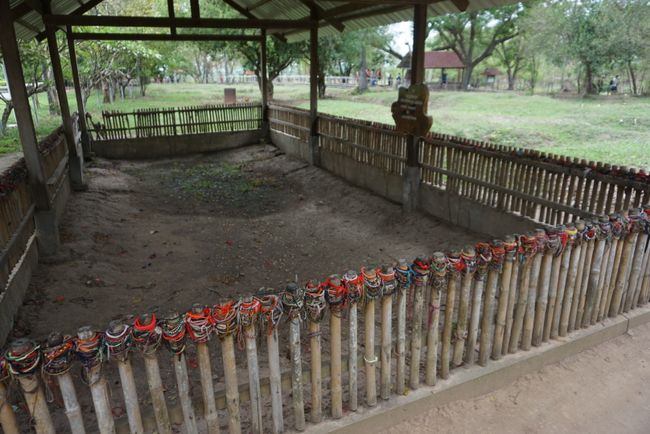
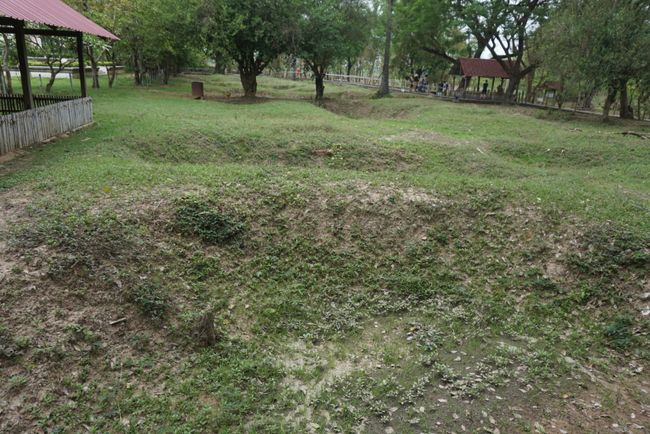
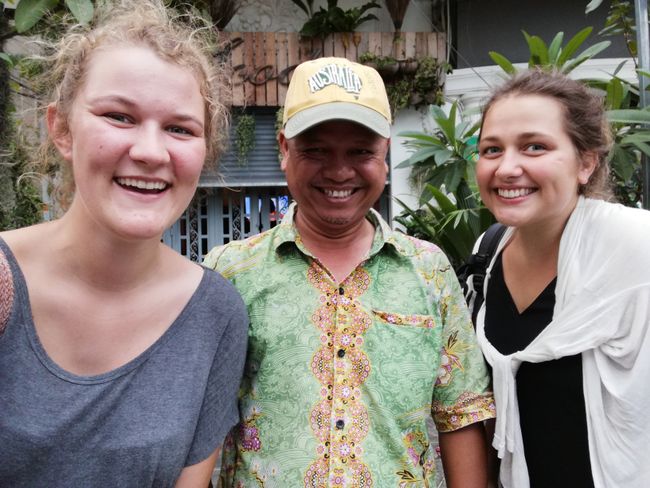
Willakuy qillqaman qillqakuy
We took a hotel bus from Siem Reap to Phnom Penh. The term hotel bus sounds cozy and almost luxurious. In short, it was a bus with double beds spread over two floors, which were not designed for my height and had a width of no more than 1 meter for two people. Anyway, we finally arrived in Phnom Penh earlier than planned. Completely exhausted, we quickly looked for accommodation where we could catch up on sleep.
In addition to a Central Market, which operates around 3000 stalls, there is also the Independence Statue and the Royal Palace. We skipped the latter as we still wanted to see some temples. In Phnom Penh, the focus was primarily on the sights that brought us closer to the tragic Khmer Rouge history.
In 1975, the leader of the Khmer Rouge, Pol Pot, forcefully attempted to transform society into agrarian communism. The entire population was expelled from the capital, resulting in the genocide in Cambodia. Until the end of the Khmer Rouge rule, around 2 million Khmer (1/4 of the total population) died. All intellectuals and their entire families were killed in the most brutal ways during the massacre. An intellectual was anyone who wore glasses, played a musical instrument, or had a higher education as a teacher, doctor, or in any other profession.
As you can see, probably 90% of those who read this would have been killed. Many were deceived into believing that they could continue their education if they presented their certificates, but instead, they signed their own death sentences. Many people were first driven from the city to the countryside, where they had to work as farmers. Many failed miserably, starved to death, or died from diseases. Those who survived were soon taken to the S21 Tuol Sleng Genocide Prison, where they were forced to make false confessions under severe torture methods that met the demands of the Khmer Rouge. The prisoners thought they would be set free, but instead, they were simply killed. Everything happened behind closed doors and high walls, and nobody was shot, so nobody knew what was happening behind those walls.
Soon, there were too many people in the prison, so it was decided to kill the people directly at the Killing Fields. Either their throats were slit on a palm tree, babies and young children were beaten against a tree until they were dead, or women were stripped of their clothes and killed. A gruesome history that took place not too long ago. Pol Pot was in power from 1975 to 1979 until the Khmer Rouge was overthrown and Pol Pot went into hiding. He died in 1998, presumably by suicide.
This chapter of my journey made me think a lot about how it is always possible for a ruler to trigger such a large-scale massacre simply through conviction. I hope that something like this will never happen again in any country and finally comes to an end.
The Killing Fields in Phnom Penh is just one of many in Cambodia where people were tortured, killed, and thrown into mass graves.
Our tuk-tuk driver Alex was a little boy of 10 at that time and lost his entire family. He only survived because he acted as if he were mute. He ended up in an orphanage, and his real name was never discovered, or else he would have suffered the same fate as the remaining 2 million people who had to give their lives just so as not to pose a threat to Pol Pot and the Khmer Rouge.
The Khmer Rouge topic was still palpable in the city after delving so intensively into it.
Willakuy qillqaman qillqakuy
Kutichiy
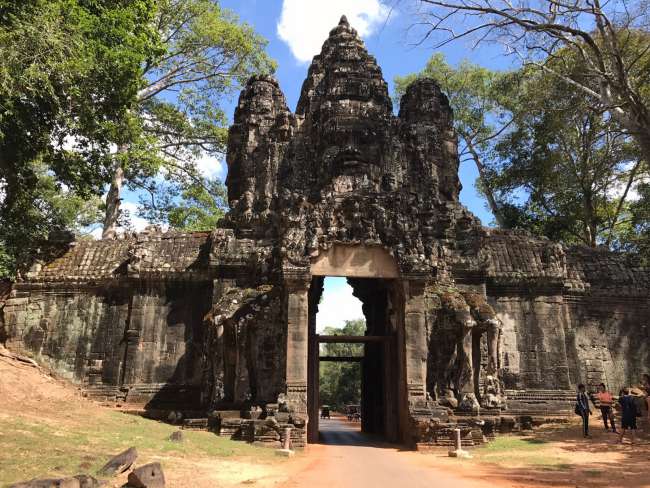
Viaje willakuy Kamboya mama llaqta

